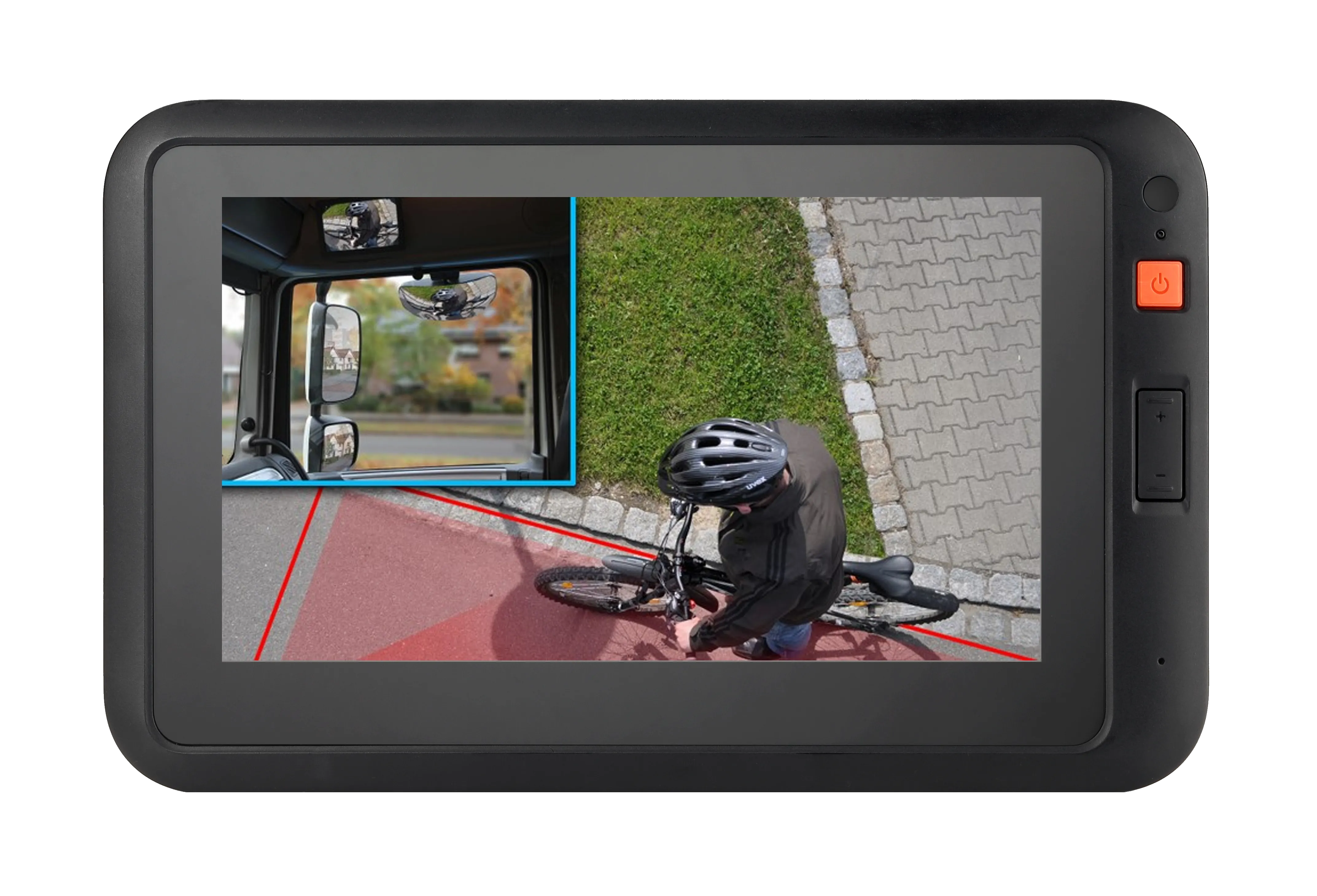By tracking moving objects, a new system from Volvo could help prevent accidents. The system uses a camera embedded in a car’s rear view mirror, combined with a radar instrument in the grill to scan the road ahead. If it sees an object, an onboard computer will determine whether it is a cyclist or a pedestrian, and prepare to apply the brakes if someone swerves out into traffic or darts across road. Many cars already come with safety systems that will brake if a collision with another vehicle or a pedestria
March 28, 2013
Read time: 2 mins
By tracking moving objects, a new system from 609 Volvo could help prevent accidents.
The system uses a camera embedded in a car’s rear view mirror, combined with a radar instrument in the grill to scan the road ahead. If it sees an object, an onboard computer will determine whether it is a cyclist or a pedestrian, and prepare to apply the brakes if someone swerves out into traffic or darts across road. Many cars already come with safety systems that will brake if a collision with another vehicle or a pedestrian seems imminent. By tracking nearby moving objects, the Volvo system could prevent further accidents.
The system is said to enhance a driver’s awareness of his or her surroundings. If a driver doesn’t see a cyclist, a warning flashed on the windscreen will serve as a reminder to drive more cautiously. Augmenting drivers’ ability to monitor the road is increasingly common and it can be preferable to a system that tries to take over completely.
Volvo will demonstrate the system at this year’s New York Auto Show and says it will appear in virtually all its models from mid-2013.
The system uses a camera embedded in a car’s rear view mirror, combined with a radar instrument in the grill to scan the road ahead. If it sees an object, an onboard computer will determine whether it is a cyclist or a pedestrian, and prepare to apply the brakes if someone swerves out into traffic or darts across road. Many cars already come with safety systems that will brake if a collision with another vehicle or a pedestrian seems imminent. By tracking nearby moving objects, the Volvo system could prevent further accidents.
The system is said to enhance a driver’s awareness of his or her surroundings. If a driver doesn’t see a cyclist, a warning flashed on the windscreen will serve as a reminder to drive more cautiously. Augmenting drivers’ ability to monitor the road is increasingly common and it can be preferable to a system that tries to take over completely.
Volvo will demonstrate the system at this year’s New York Auto Show and says it will appear in virtually all its models from mid-2013.










